NTC seeks zero duty on iron, steel raw material
On finished products like re-bars and wire rods, it recommends 11-20% tariffs

The National Tariff Commission (NTC) has proposed that the duty on basic raw material for iron and steel may be reduced to zero to ensure an uninterrupted supply of inputs and a lower production cost.
The commission has proposed tariffs ranging from 11% to 20% on finished products like re-bars, wire rods and alloy bars. It has also recommended 2-6% additional customs duty and 10-30% regulatory duty, adding that these should be rationalised by removing the additional duty and reducing the regulatory duty to 10% over the next three years. In its report submitted to the Economic Coordination Committee (ECC), the NTC pointed out that high tariff protection for billets and bars, coupled with high energy and financial costs and economic slowdown, had increased steel prices, affecting construction, manufacturing and infrastructure projects.
To remove hurdles, it proposed that the duty on basic iron and steel raw material (iron ore, scrap, direct reduced iron and HMS) may be reduced to zero to ensure a smooth supply of inputs and reduce production cost. The re-rollable scrap and billets/ingots, being secondary products, may have a similar duty structure, it said.
The tariff structure for flat steel products (cold-rolled coils – CRC, galvanised and colour-coated sheets) is already at lower levels, so no change is proposed for them. Hot-rolled coils, not produced locally, should have zero duty to ensure cost-effective access to raw material for downstream industries. The Ministry of Commerce told the ECC that a summary had been submitted in pursuance of earlier decision of the committee. The Commerce Division recalled that the ECC had considered a summary dated January 3, 2025 and approved an extension in regulatory duty on iron and steel products till March 31, 2025.
In addition, the ECC had directed the Ministry of Commerce to conduct an analysis of the steel sector along with the impact of regulatory duty and come up with a report by March 31, 2025.
The Commerce Division informed the ECC that, in compliance with those directives, the tariff commission was tasked with preparing the report on the iron and steel sector.
Key findings show that Pakistan's iron and steel industry faces an under-utilised production capacity, rising imports and tariff distortions, with high energy costs affecting both domestic manufacturers and downstream industries.
Despite a significant installed capacity, production trends for long and flat steel products have been inconsistent. The long steel capacity increased from 7 million metric tons in FY23 to 8 million metric tons in FY25, yet production fluctuated, dropping to 3.5 million tons in FY24 before recovering to 5.4 million tons in FY25.
Similarly, the flat steel products including colour-coated coils, galvanised steel and CRC faced underutilisation despite having adequate capacity. Billets and steel bars receive high protection, with effective protection rates of up to 123.11%. Flat steel products have moderate protection rates. While this supports domestic production, it may also inflate prices for end-users, limiting competitiveness in export markets and affecting industries relying on these inputs.
The high tariff protection for billets and bars, coupled with high energy and financial costs and economic slowdown, have raised steel prices, affecting construction, manufacturing and infrastructure projects.
A balanced tariff structure, efficiency-driven cost reductions and targeted policy measures are essential to ensure Pakistan's steel industry remains competitive and contributes to national economic development. In flat steel products, an encouraging trend has been witnessed, with reasonable potential for exports. This segment exported CRC, galvanised and coated sheets worth $363 million to markets like the US and Canada.
The ECC's approval was solicited for the report on competitiveness and export-led growth of the iron and steel sector, as per para-4 of the summary, subject to the overall framework and timelines of the National Tariff Policy 2025-30. The ECC considered the summary titled "Brief Report on Industrial Competitiveness and Export-Led Growth of the Steel Sector", which was submitted by the Ministry of Commerce, and noted the proposals.

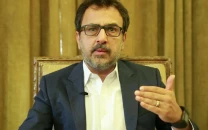
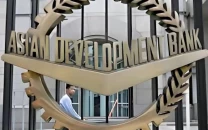


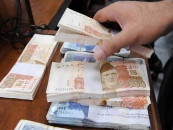


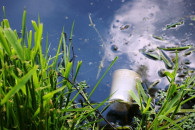




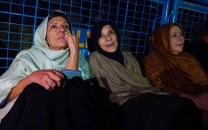






COMMENTS
Comments are moderated and generally will be posted if they are on-topic and not abusive.
For more information, please see our Comments FAQ